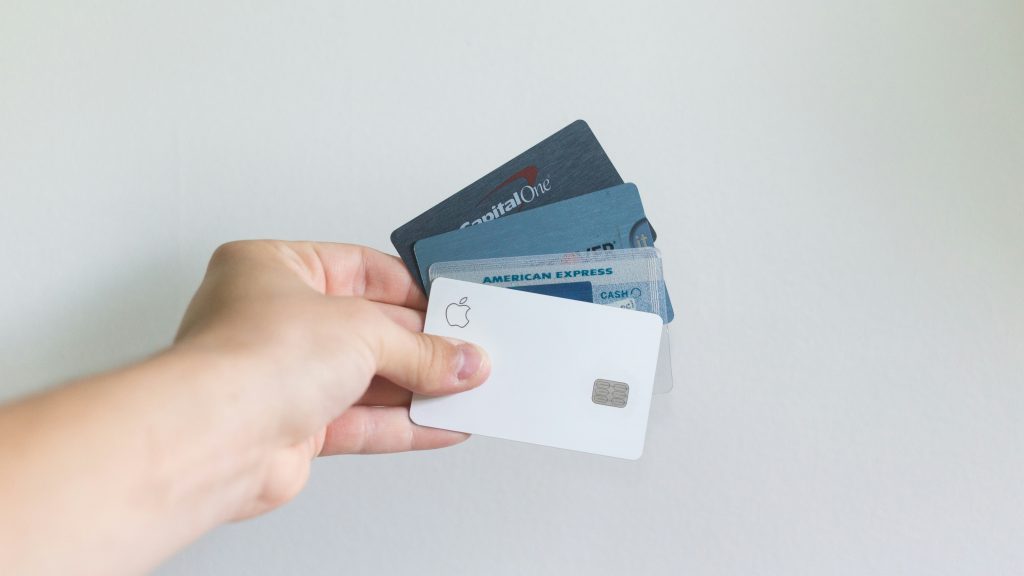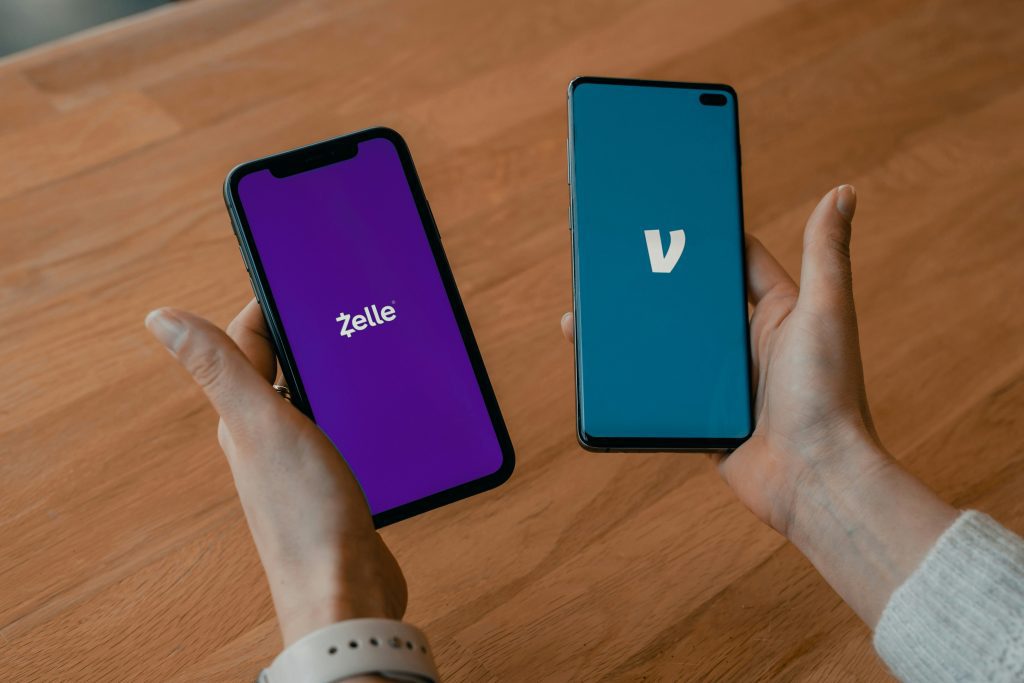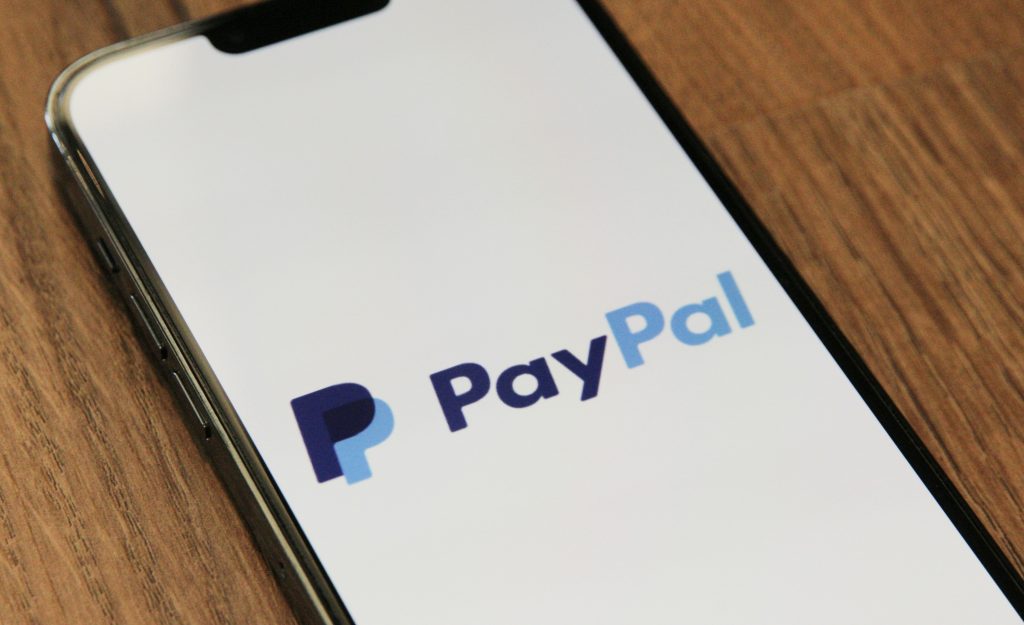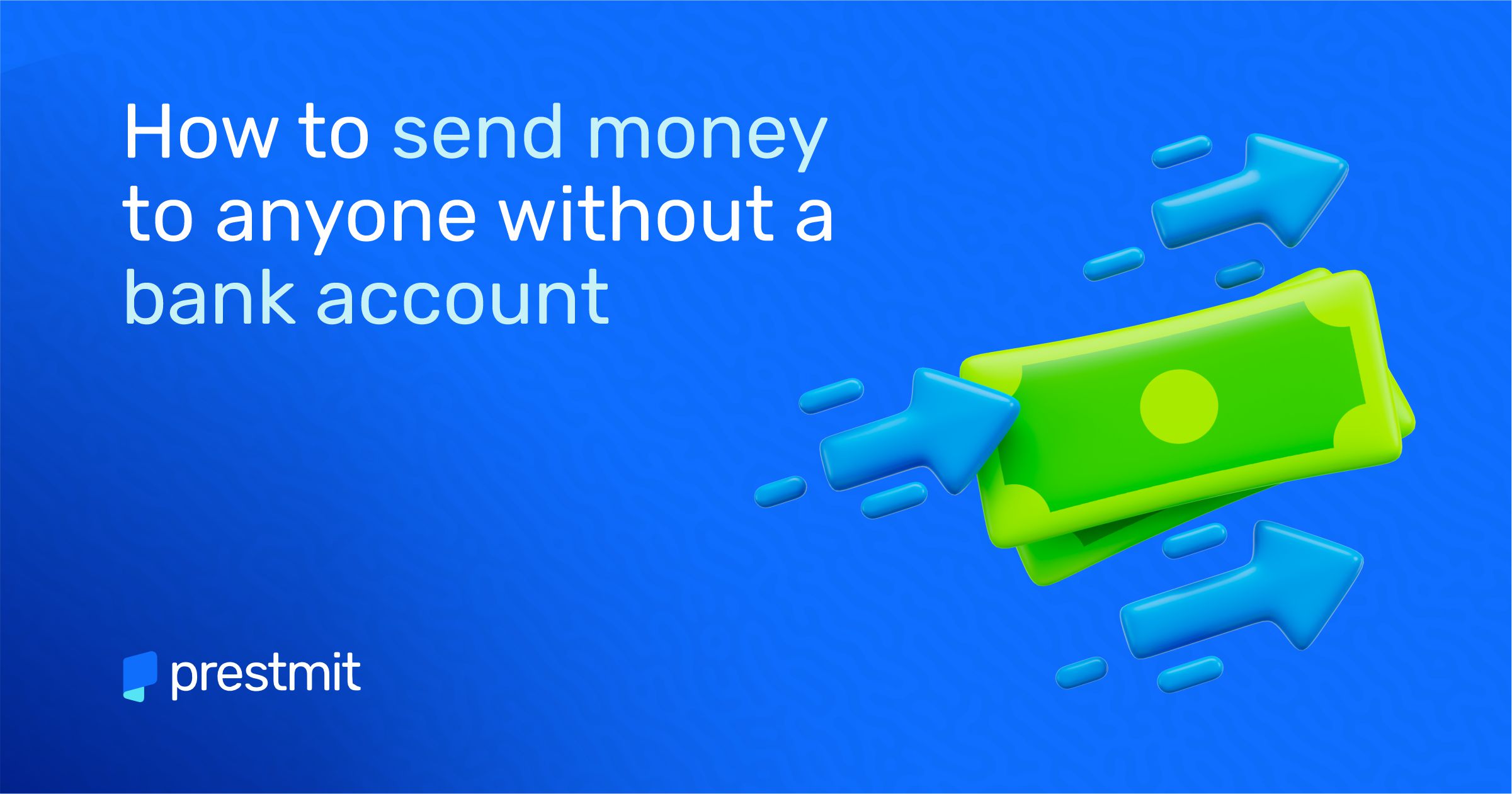Ever thought of how to send money to someone without a bank account?
A person without a bank account is referred to as an unbanked individual. People like this do not have bank accounts for different reasons. This doesn’t mean they cannot receive money. Besides, they’re usually a very small demographic in a nation or population.
In today’s article, you will learn how to send money to anyone without a bank account.
Use Cases
There are different reasons to look for alternative reasons to send money than through a bank account.
Some of them are as follows.
- People in rural areas without bank accounts
- People in correctional facilities who may not have access to a bank account.
- People who are trying to cut their expenses and manage their finances better.
Let’s see how you can send money to an unbanked person.
5 Ways to Send Money to Anyone Without a Bank Account
- Prepaid debit cards
- Gift cards
- Mobile wallets
- Online money transfers
- Money orders
1. Prepaid Debit Cards

A prepaid debit card is a debit card loaded with an amount of money that can be used and reloaded. It’s quite similar to a regular debit card, except that you don’t need to own a bank account to use one.
A prepaid debit card is the perfect solution to the problem of sending money to an unbanked person because it’s not tied to a bank account.
You can get prepaid debit cards from financial institutions or at huge supermarkets. They’re also available on Amazon.
Pros of Prepaid Debit Cards
- They’re great for someone with financial management issues.
- Your recipient can use it to curb overspending.
- It’s a very safe way to send money.
Cons of Prepaid Debit Cards
- Too many fees are accrued with this method. There are activation, transaction, reloading, and withdrawal fees.
2. Gift Cards

Gift cards might be the second-best way to send money to someone without a bank account. With a gift card, the recipient can pay for whatever they want to purchase directly from the merchant.
Gift cards work like prepaid debit cards, but gift cards cannot be reloaded. When you exhaust the card’s balance, it becomes useless. Another difference is that the recipient can only use a gift card on the issuing merchant’s website.
Some gift cards are open-loop, which means you can use them to shop from merchants that accept the issuing brand’s payment cards. E.g. Visa, Mastercard and American Express.
Pros of Gift Cards
- They’re convenient to use.
- They can help track spending habits and curb overspending.
Cons of Gift Cards
- Some gift cards usually have hidden fees.
- You cannot reload a card when its preloaded balance runs out.
3. Mobile Wallets

Mobile wallets, also called digital wallets, are apps that store your credit, debit or gift card information. It’s very convenient because you don’t have to carry your prepaid debit card with you. You can simply pay with your mobile wallet right from your smartphone.
Apart from making payments, you can transfer and receive money with a mobile wallet. Some popular mobile wallets include Apple Pay and Google Pay.
This method is beneficial for shopping in-store or from merchants that are listed with the providers.
Pros of Mobile Wallets
- Mobile wallets are very convenient. They remove the need to carry physical cards.
- Mobile wallets offer better security than physical cards since payment information is stored in an app on your smartphone or mobile device.
- They’re free to use, and transactions are fast. However, linking cards may attract paltry fees.
Cons of Mobile Wallets
- Your recipient must be tech-savvy and own a smartphone to use a mobile wallet.
- If you’re sending to a different wallet, there are accompanying fees.
4. Online Money Transfers

Online money transfer services are third-party payment services that allow people to send money to each other through dedicated apps or on the website. However, most of these services are app-based.
You’ll usually need to link the account to a debit or credit card to fund it. Instead of a bank account-funded debit card, you can use a prepaid one.
The popular online money transfer services are Venmo, PayPal, Cash App and Western Union.
Pros of Online Money Transfer Services
- Free transfer between accounts.
- Payments are instant or very fast.
- The apps are free to download
Cons of Online Money Transfer Services
- The recipient and sender must use the same service or app; otherwise, transfers are impossible.
- The recipient must be tech-savvy and have a smartphone or mobile device.
5. Money Orders

Sending money through money orders is an old method, but it still works. It’s not advisable to mail cash. So, sending a money order is like sending a card or check.
The sender buys one in the amount they want to send to the recipient. The recipient receives it via mail and cashes it.
Pros of Money Orders
- It’s a safe way to send money to someone without a bank account.
- The recipient must not be tech-savvy to receive money via this method.
Cons of Money Orders
- Not everyone can access this service as it is only popular in the US.
- Buying and sending a money order comes with a small fee.
- It’s a very slow method and unsuitable for emergencies or urgent transfers.
Factors to Consider When Sending Money to an Unbanked Individual
Before sending money to someone without a bank account, there are certain factors to consider, and they are
- Safety/security
This is the most important factor to think about. Since your intended recipient is not registered with a bank, any other method you choose must be as secure or even more secure than a bank account.
- Accessibility
You must ensure the recipient can easily get the money you send them. When choosing a money transfer method, ensure the recipient understands how to receive money through your preferred method.
- Payment limits
However you choose to send money to someone without a bank account, ensure they can access a wide range of services with it. If possible, they should be able to get cash.
- Speed
You must also consider how fast the recipient will receive the money. If they need it urgently, some channels may not be advisable.
Conclusion
Not everyone has a bank account, regardless of how far technology has come, and it’s not unusual. People stay or become unbanked for various reasons. But it shouldn’t deter you from sending them money when needed. There are several ways to send money to someone without a bank account, and we’ve discussed them in this article.
Before choosing any of the methods we’ve discussed, consider the recipient and how urgently they need the money. Consider how easy your preferred method will be for them, and also consider security. Whatever you decide, ensure you notify your recipient.

